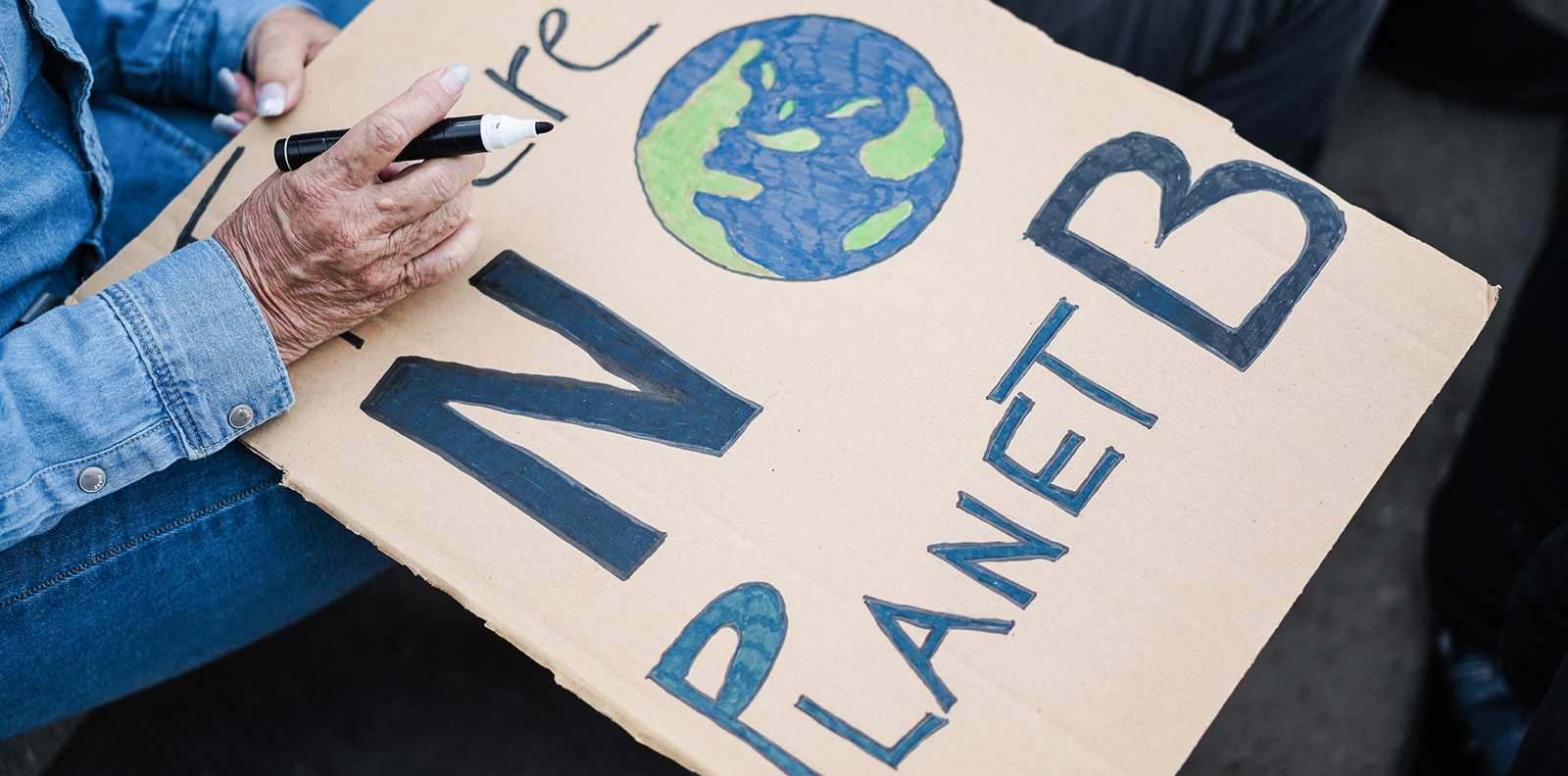Here’s Why Sea-Level Rise is Worse in the Northeast
May 24, 2017
Why is the Northeast experiencing higher levels of sea-level rise than other parts of the world? Scientists attribute it to two factors: a slowdown in the Gulf Stream and the melting of ice sheets in Antarctica and Greenland.
The slowdown of the Gulf Stream is complicated, and conclusions for the cause have varied. The consensus cause is the warming of the North Atlantic. What is still being debated is the effect of the influx of fresh water. Nevertheless, the warming water is creating a “traffic-jam scenario” in ocean circulation. The slowdown causes offshore sea levels, which are higher than coastal sea levels, to flatten and send water inland to regions such as the Northeast.
“Picture a banked turn in a racetrack,” said Bryan Oakley, assistant professor of environmental geoscience at Eastern Connecticut State University. “As the circulation slows, this causes the slope to decrease, and as the water level goes down along the Gulf Stream, the water level will rise along the coast — two ends of a seesaw, so to speak.”
Melting ice is also pushing water our way. As ice sheets in Greenland liquefy, they lose their gravitational pull and, therefore, ocean water that was drawn to the icy masses instead flows into the southern hemisphere. The same phenomenon is happening as the Antarctic losses ice, this time the water is redirected toward the Northeast.
There is yet another cause of higher regional waters. John King, professor of oceanography at the University of Rhode Island’s School of Oceanography, said warming water in the North Atlantic may halt or slow the natural cool-water vacuum that draws warmer coastal water out to sea.
All of these factors have led the National Oceanic and Atmospheric Administration (NOAA) to project a maximum sea-level rise of 11.5 feet by 2100.
“Currently, about 6 million Americans live within about six feet of the sea level, and they are potentially vulnerable to permanent flooding in this century,” said Robert E. Kopp, an associate professor at Rutgers University’s Department of Earth and Planetary Science, who co-authored the recent NOAA report. “Considering possible levels of sea-level rise and their consequences is crucial to risk management.”
Those consequences to natural habitats include increased beach and marsh erosion.
In Rhode Island, there are about 7,000 people living within the 7-foot sea level-rise inundation zone, according to a Statewide Planning report.




Also, gravity measurements over time since about 1950 show that the northeast part of the country is sinking.